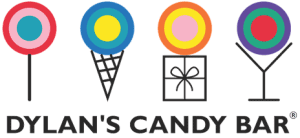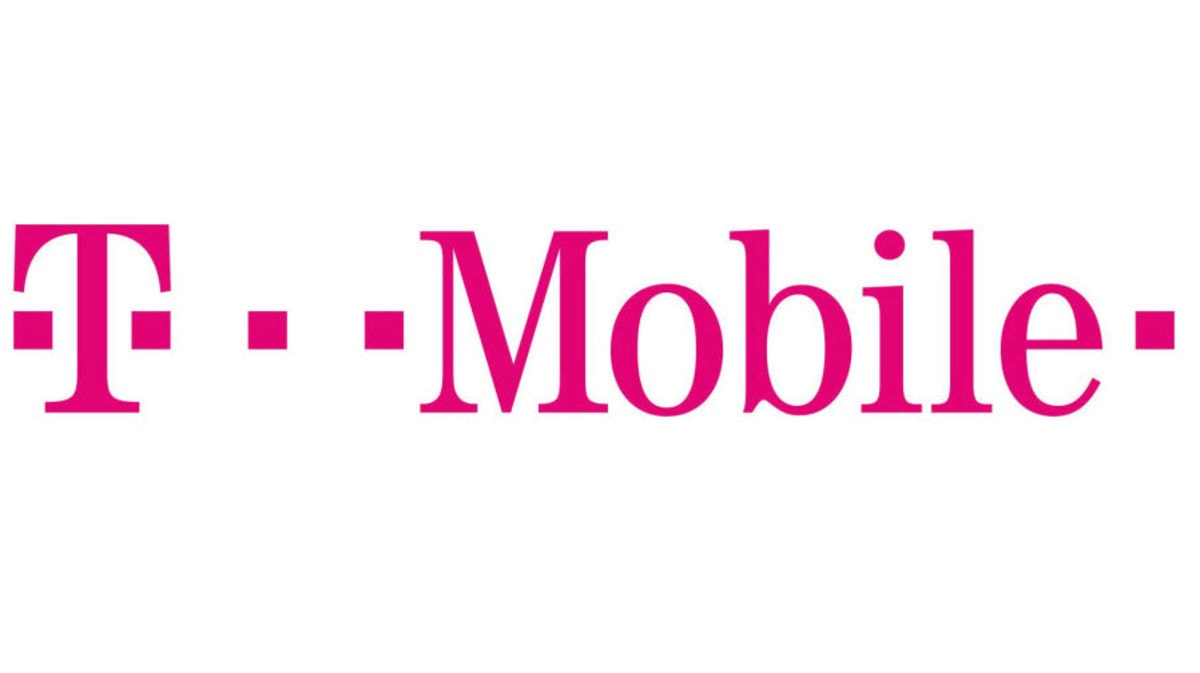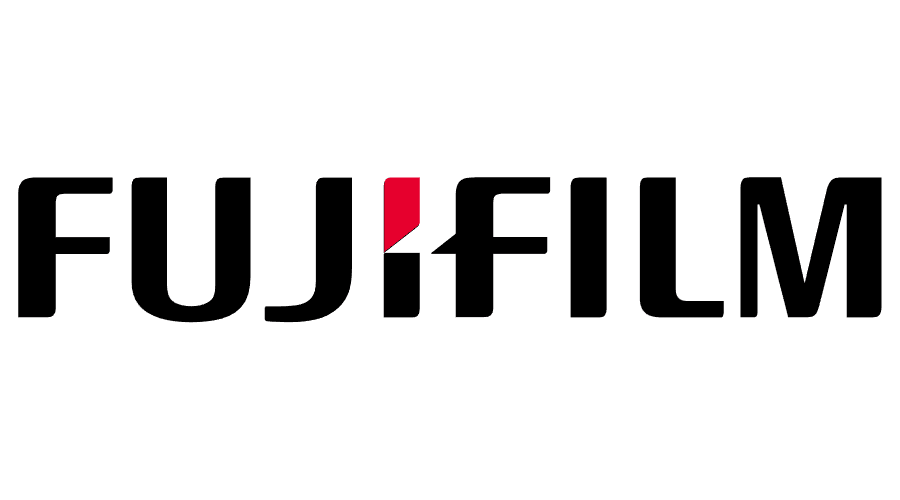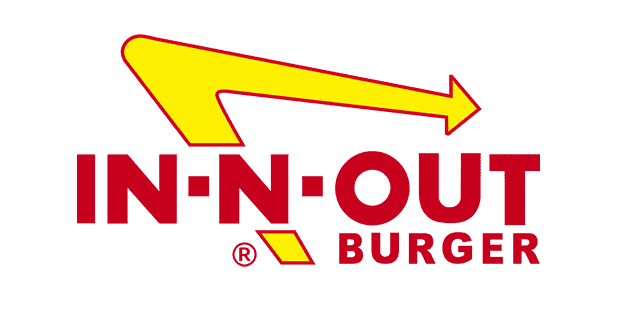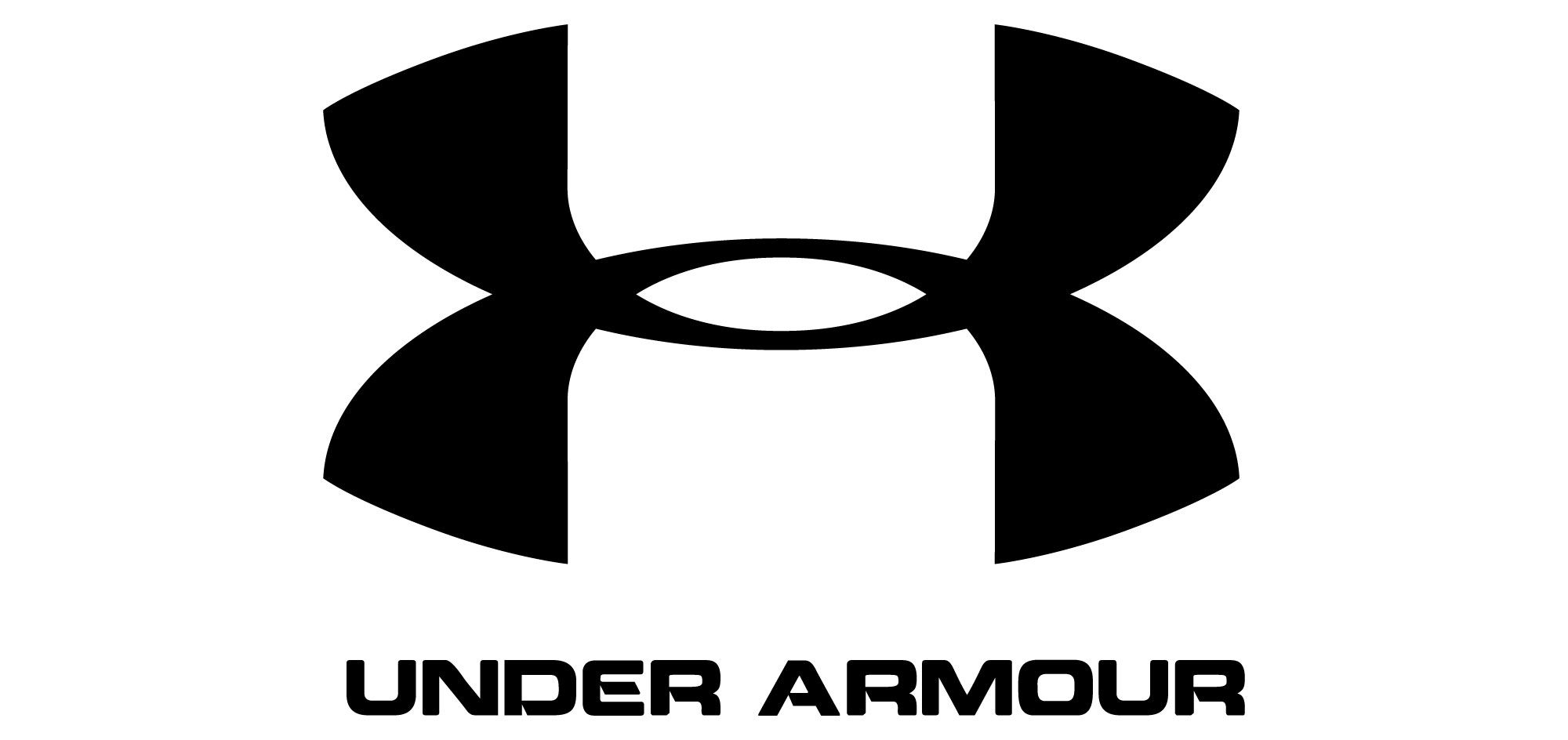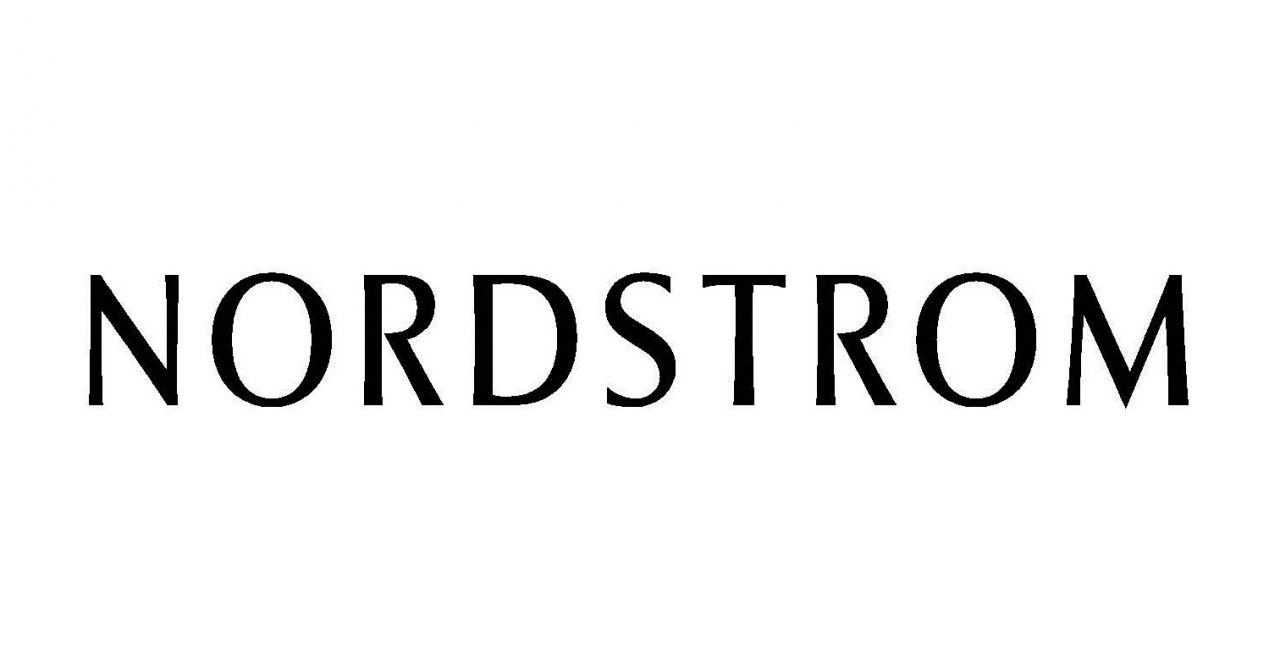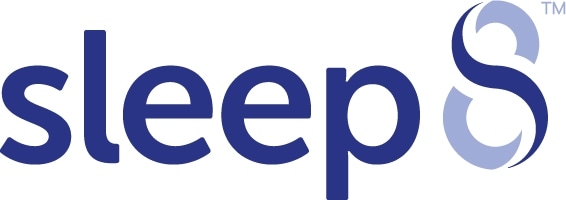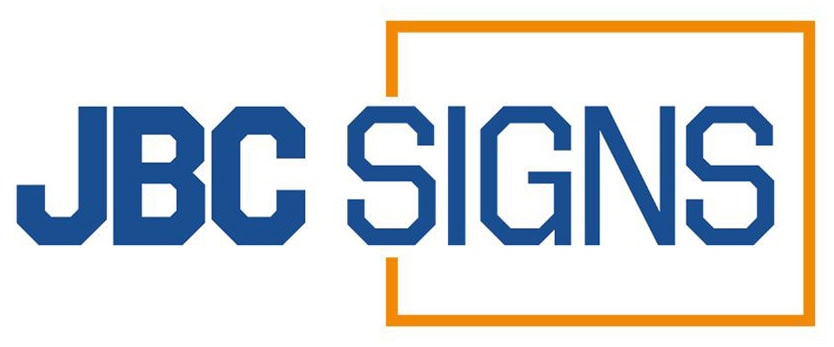How integrated are your retail business’s marketing campaigns? When you deliver a consistent, easily recognizable marketing message and look on a range of platforms, people will rapidly become more aware of your business.
Integrated marketing is the practice of using an integrated look and message – for example, a single color scheme and value proposition – on a wide range of different marketing channels, from print media to online display ads and retail signage.
The more consistent your message is, the greater the synergy between channels and the bigger the results for your business. Read on to learn how to create consistently effective advertising and signage for any marketing channel.
Keep it consistent in every possible way
The key to creating synergy between different marketing channels – for example, a print campaign to promote your retail store – is to keep your style and message as consistent as possible between different platforms.
The more closely your messages and designs match, the more familiar people will become with your brands. As they become more familiar with your brand, they’re also likely to trust your business more and view it as a dependable choice.
Staying consistent in your marketing is simple. Decide on one color scheme and use it for all of your branding. Keep typefaces, styles and messaging consistent across all platforms so that your look, feel and message is the same everywhere.
Use simple, highly readable typefaces
It’s easy to create readable text when you’ve got an entire billboard to fill, but it’s far more of a challenge to communicate your business’s message within the confines of a small print media ad.
Since integrated marketing depends on communicating the same message across a wide range of platforms, it’s important that your message is easy to read, no matter what the setting might be.
Choose a simple message that people can understand in any setting, then use a font pack that’s easy to read. Remember that your message will be viewed at size and in a small newspaper ad, making flexibility and readability essential.
Avoid using situation-specific colors
Situation-specific colors are colors that only make sense in certain settings. As an example, a bright red sign might stand out against a gray building, but it if doesn’t match your business’s brand, its value is debatable.
Creating synergy between different marketing channels is all about crafting a good message and a consistent look. One of the most important elements of consistency for any design is color – particularly the color profile used in your advertising.
Choose colors that look good in any situation, not just in specific situations where a certain element includes the look of one color alone. This way, you’ll be able to use the same color profile in all of your business’s marketing, increasing familiarity.
Create a message that works anywhere
Just like it’s important to choose a color profile that works in any setting, it’s equally as important to create a message that works anywhere. Does your message make as much sense in a newspaper as it does on a large sign beside your retail store?
When you’re consistent with your messaging, the value of the message increases at an incredible pace. This is because people are exposed to the same message over the course of your campaign, making them more likely to remember it.
For the best results, it’s essential that your business chooses a message that works in any marketing environment. Does your marketing message work anywhere, or is it only compelling, engaging and interesting in a certain setting?



